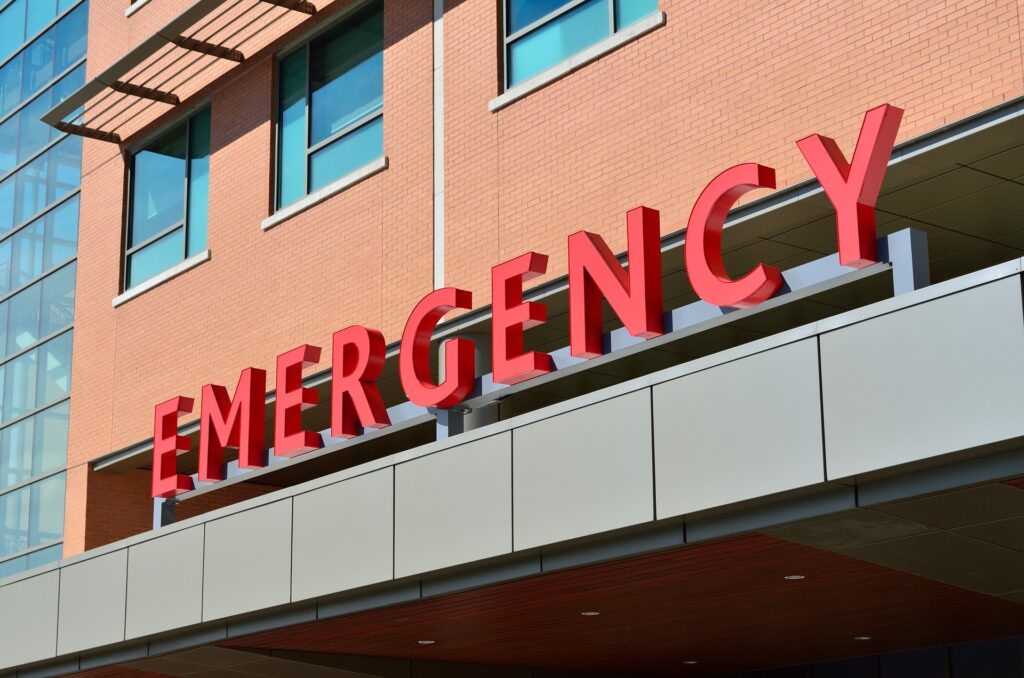Surprise medical bills can occur when a patient with private health insurance unexpectedly or involuntarily receives care from an out-of-network provider and is billed the balance. Previous studies have found that about one in five emergency department (ED) visits involve an out-of-network provider, with the potential balance bill averaging around $623. However, these studies did not evaluate whether the out-of-network provider sent a balance bill to the patient and how much the balance bill was for.
A new study using representative data from the Medical Expenditure Panel Survey (MEPS) digs into this aspect of the surprise billing issue with a focus specifically on emergency department providers. The researchers find that on average, physicians collected 65% of the total charged amount for ED visits that likely included surprise bills, compared with 52% of the charged amount for other cases. Patients with likely surprise bill visits paid $151 in out-of-pocket physician payments, on average, compared with roughly $15 for all other ED visits.
Background
Patients treated at in-network facilities are likely to have most, if not all, of their facility payment covered by insurance. However, if the patient is treated by one or more out-of-network physicians, their insurance policy might not cover these services at the same level, if at all. Understanding what the patient paid out-of-pocket in situations likely to involve surprise billing and the financial hardships faced by patients is critical to developing a comprehensive solution.
The researchers collected data on emergency visits for privately insured adults ages 18–64 with separately billed physician services. Almost 5% of visits likely contained surprise medical bills. A less restrictive definition where the patient paid a larger percentage of the total physician payment than the total facility payment, regardless of whether they previously satisfied their deductible, indicates that more than 15% may have faced a surprise balance bill.
Findings
The researchers find patients who likely received a surprise bill for emergency care paid physicians ten times as much as other emergency patients — $151 compared with roughly $15, on average. Furthermore, when total physician charges exceeded $1,000, patients facing a surprise bill paid almost $400, on average, compared with $34, on average, for all other emergency patients.
Among patients with likely surprise bill visits, 39% paid more than $100 out of pocket to physicians, and just over 9% paid more than $400.
By comparison, for patients who likely did not receive a surprise bill for out-of-network physician care, 81% did not pay anything out of pocket to physicians, and fewer than 0.5% of those patients paid more than $400.
The analysis reveals striking differences between what patients paid out of pocket in these situations compared with other emergency cases.
Back-of-the-envelope calculations using our estimates suggest that there were more than $64 million per year in additional out-of-pocket payments made to physicians for emergency care provided out of network compared with what patients would have paid for the same care in network. Taken together, this implies that there is considerable scope for consumer protection legislation to reduce patients’ financial burden associated with surprise out-of-network bills.
The full study is available in Health Affairs.
